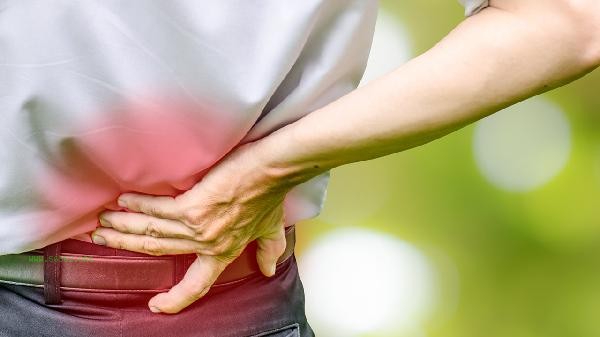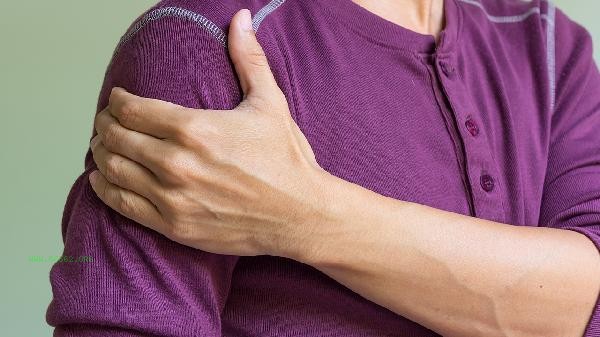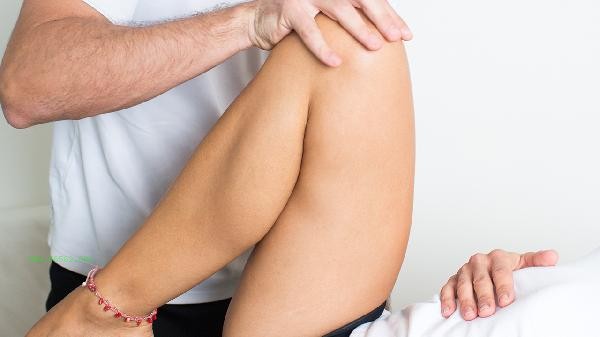Sit ups mainly exercise the abdominal muscles, while enhancing core strength, improving posture, and improving athletic performance. This action has a significant stimulating effect on the rectus abdominis, external oblique abdominis, iliopsoas muscles, and other areas. Long term adherence can help reduce abdominal fat accumulation, but it needs to be combined with aerobic exercise to achieve weight loss.

1. Rectus abdominis
The most direct exercise for sit ups is the rectus abdominis muscle group, which is the elongated muscle group on the front of the abdomen. By performing spinal flexion movements, the strength of the upper and lower rectus abdominis muscle fibers can be effectively enhanced, resulting in clearer abdominal lines. For sedentary individuals, regular rectus abdominis training can alleviate compensatory tension in the lower back and reduce the risk of lumbar disc herniation.
2. The external oblique muscle of the abdomen
is fully activated during a twisting sit up. This muscle located on both sides of the abdomen is responsible for trunk rotation and lateral flexion. Strengthening it can improve body stability and prevent sports injuries. For postpartum women, exercising the external oblique muscle can help repair the abdominal wall muscles that have relaxed due to pregnancy.
3. Iliopsoas muscle
During the sit up phase, the iliopsoas muscle is required to exert force. This deep muscle that connects the lumbar spine and thighs is crucial for maintaining pelvic stability. However, it is important to pay attention to proper movement, as excessive reliance on the iliopsoas muscle may lead to pelvic tilt. It is recommended to combine static training such as plank support for balanced development.

4. Core muscle group
As a classic composite movement, sit ups can synchronously activate multiple layers of core muscle groups such as the diaphragm and pelvic floor muscles. Strengthening these muscles can improve respiratory efficiency and alleviate abdominal pressure imbalance caused by prolonged sitting. For the middle-aged and elderly population, enhancing core strength can significantly reduce the risk of falls.
5. Metabolic Promotion
Although sit ups themselves have limited energy consumption, an increase in muscle mass can enhance basal metabolic rate. When combined with high-intensity interval training, it can produce an excessive oxygen consumption effect after exercise, continuously burning calories. For weight loss enthusiasts, it is recommended to use sit ups as a strength training component rather than the primary method of weight loss.

When doing sit ups, attention should be paid to controlling the speed to avoid inertia compensation, with 15-20 times per group and 3-4 times per week. Beginners can first do abdominal exercises to reduce difficulty, and for those with lumbar discomfort, it is recommended to use hip bridges as a substitute. In terms of diet, it is necessary to ensure high-quality protein intake to promote muscle repair, and at the same time, aerobic exercise such as jogging and swimming can be combined to achieve the goal of weight loss and shaping. Postpartum women and patients with lumbar spine diseases should adjust their training intensity under the guidance of a doctor.






Comments (0)
Leave a Comment
No comments yet
Be the first to share your thoughts!